Quercetin-7-O-β-D-glucopyranoside
- CAS NO.:491-50-9
- Empirical Formula: C21H20O12
- Molecular Weight: 464.38
- MDL number: MFCD01762823
- SAFETY DATA SHEET (SDS)
- Update Date: 2025-12-17 11:34:44
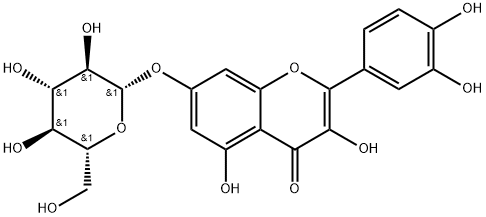
What is Quercetin-7-O-β-D-glucopyranoside?
Occurrence
Quercimeritrin is a natural product found in Dendroviguiera sphaerocephala, Dendroviguiera eriophora, and other organisms with data available.
Definition
ChEBI: Quercetin-7-O-β-D-glucopyranoside is a quercetin O-glucoside in which a glucosyl residue is attached at position 7 of quercetin via a beta-glycosidic linkage. It has a role as an antioxidant and a metabolite. It is a beta-D-glucoside, a monosaccharide derivative, a member of flavonols, a tetrahydroxyflavone and a quercetin O-glucoside.
Antimicrobial activity
Quercetin-7-O-beta-D-glucopyranoside has antibacterial activity, it shows promising activity against Staphylococcus aureus. Quercetin 7-O-beta-D-glucopyranoside exhibits strong antioxidative, and anti-inflammatory activities, inhibiting expression of inducible nitric oxide synthase and release of nitric oxide by lipopolysaccharide-stimulated RAW 264.7 macrophages in a dose-dependent manner. It inhibits overexpression of cyclooxygenase-2 and granulocyte macrophage-colony-stimulating factor.
Biological Activity
Quercetin-7-O-β-D-glucopyranoside is a flavonoid originally isolated from G. hirsutum that has diverse biological activities, including antioxidant, anti-inflammatory, and anti-angiogenic properties. It has antioxidant activity in a oxygen radical absorbance capacity (ORAC) assay and decreases tert-butyl hydroperoxide-induced reactive oxygen species (ROS) production in L-929 cells when used at concentrations of 0.25 and 1 μg/ml. Quercetin-7-O-β-D-glucopyranoside (15 and 30 μg/ml) reduces protein levels of inducible nitric oxide synthase (iNOS) and COX-2 in LPS-stimulated RAW 264.7 cells. It decreases angiogenesis in isolated rat aortic rings and proliferation of human umbilical vein endothelial cells (HUVECs) but has no effect on tube formation or chemotaxis of HUVECs when used at a concentration of 100 μM.
Properties of Quercetin-7-O-β-D-glucopyranoside
| storage temp. | 2-8°C |
| solubility | DMF: 10 mg/ml; DMSO: 10 mg/ml; PBS (pH 7.2): 0.3 mg/ml |
| form | A crystalline solid |
| pka | 5.92±0.40(Predicted) |
| Boiling point: | 859.2±65.0 °C(Predicted) |
| Density | 1.809±0.06 g/cm3(Predicted) |
| Melting point: | 248 °C |
| color | White to yellow |
Safety information for Quercetin-7-O-β-D-glucopyranoside
Computed Descriptors for Quercetin-7-O-β-D-glucopyranoside
New Products
Sodium glycochenodeoxycholate, >98% Indole Methyl Resin tert-butyl 9-methoxy-3-azaspiro[5.5]undecane-3-carboxylate Gabapentin EP Impurity A 2,5-dichloro-N-hydroxy-4,6-dimethylpyridine-3-carboximidamide 4-Chloro-7-tosy1-7Hpyrrolo[2,3-d]pyrimidine 1,3-Diphenylurea 1,1’-CARBONYLDIIMIDAZOLE R-2-BENZYLOXY PROPIONIC ACID N-METHYL INDAZOLE-3-CARBOXYLIC ACID Zinc Bis-glycinate 2-Hydroxy-5-nitroacetophenone 2,4-dihydroxybenzaldehyde 3-(4-morpholinophenylamino)-5-amino-1H-pyrazole-4-carbonitrile 1,3-Diethyl-1,3-Diphenylurea Methyl 2-methylquinoline-6-carboxylate 2-((4-morpholinophenylamino) (methylthio) methylene) malononitrile 2-HYDROXY BENZYL CYANIDE DIETHYL AMINOMALONATE HYDROCHLORIDE 5-BROMO-2CYANO PYRIDINE Boldenone Clarithromycin Ethinyl Estradiol StanozololRelated products of tetrahydrofuran
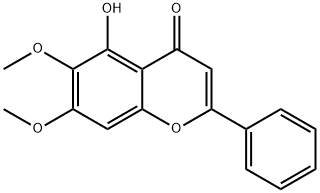
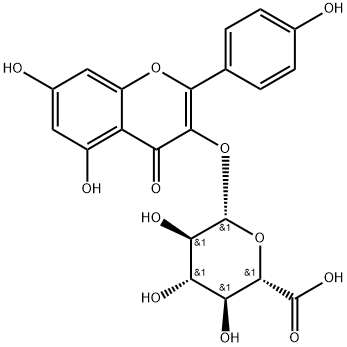
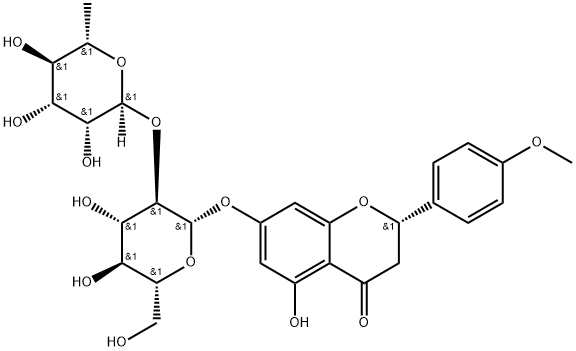
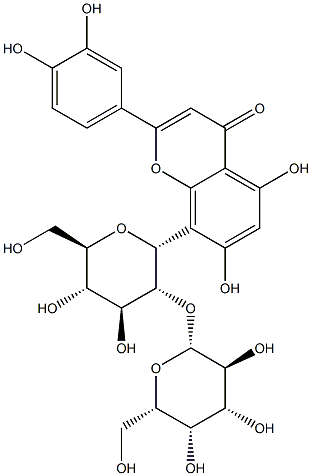

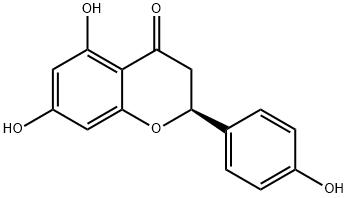
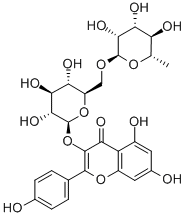
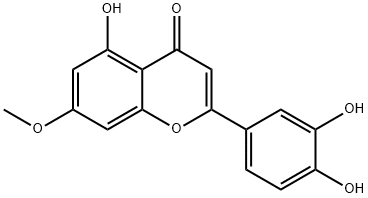
You may like
-
 CIS BROMO BENZOATE 98%View Details
CIS BROMO BENZOATE 98%View Details
61397-56-6 -
 90-01-7 2-HYDROXY BENZYL ALCOHOL 98%View Details
90-01-7 2-HYDROXY BENZYL ALCOHOL 98%View Details
90-01-7 -
 3-NITRO 2-METHYL BENZOIC ACID 98%View Details
3-NITRO 2-METHYL BENZOIC ACID 98%View Details
1975-50-4 -
 INDAZOLE-3-CARBOXYLIC ACID 4498-67-3 98%View Details
INDAZOLE-3-CARBOXYLIC ACID 4498-67-3 98%View Details
4498-67-3 -
 221615-75-4 2-Chloro-1,3-Bis(Dimethylamino)Trimethinium Hexafluorophosphate 98%View Details
221615-75-4 2-Chloro-1,3-Bis(Dimethylamino)Trimethinium Hexafluorophosphate 98%View Details
221615-75-4 -
![(6-METHYL-[1,3]DITHIOLO[4,5-b]QUINOXALIN-2-ONE 98%](https://img.chemicalbook.in//Content/image/CP5.jpg) (6-METHYL-[1,3]DITHIOLO[4,5-b]QUINOXALIN-2-ONE 98%View Details
(6-METHYL-[1,3]DITHIOLO[4,5-b]QUINOXALIN-2-ONE 98%View Details
0/2/39 -
 2033-24-1 MELDRUMS ACID 98%View Details
2033-24-1 MELDRUMS ACID 98%View Details
2033-24-1 -
 42831-50-5 98%View Details
42831-50-5 98%View Details
42831-50-5
